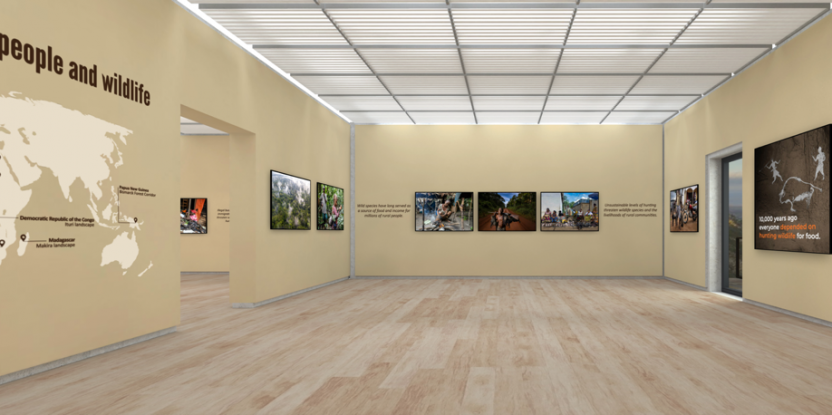In Gabon’s Mulundu Department, two wild meat hunters with rifles on their backs push their way through large-leaved, deep-green bushes that reach to their shoulders, in search of hogs, duikers (forest antelopes), and porcupine in the dense-canopied, vine-strung forest. “Hunting helps me,” says Mesmin Boundembou. “When I hunt, I make at least 20,000 CFA francs [USD 34], which is already a lot. It allows me to buy petrol and soap.”
Inadequate regulations and a lack of formal rights to resources mean hunting is not providing the food and revenues that are so important to local communities. But, in collaboration with the Sustainable Wildlife Management (SWM) Programme, ten communities and over 300 hunters across the department have established hunting associations to collectively manage wildlife – and firm up their legal rights in the process.
Meanwhile, on the island of Madagascar, remote communities near the Makira Natural Park show off their fish ponds and poultry farms, which they’ve established as a means to reduce hunting pressures on local forests. In the village of Marovovonana on the edge of the park, solo mother Nirina Razafindravelo has boosted her income by breeding chickens so that she is able to support both her daughters.
